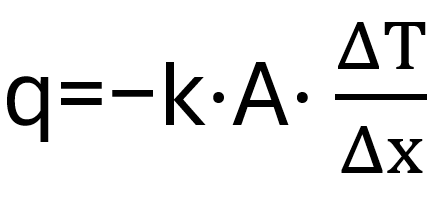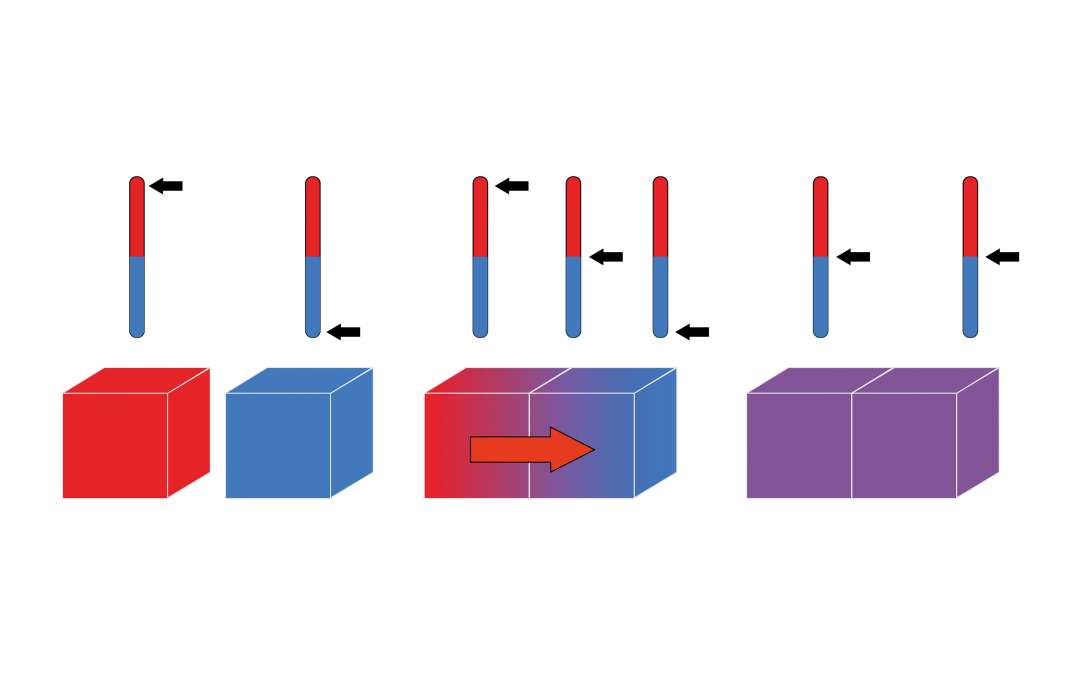Thermal conduction is a key heat transfer process that plays a significant role in many aspects of our daily lives, from the operation of electronic devices to the thermal comfort in our homes. To understand how thermal conduction works and its implications, we must first explore its fundamentals.
What is Thermal Conduction?
Thermal conduction is the process of transferring thermal energy through matter, primarily due to a temperature gradient. Thermal energy moves from a region of higher temperature to a region of lower temperature, aiming to equalize temperature differences. This mechanism is the dominant method of heat transfer in solids, though it also occurs in liquids and gases.
Thermal Conduction: Fourier’s Law
The basis for understanding thermal conduction is Fourier’s Law, which describes the flow of heat through a material. This law states that the rate of heat flow through a material is proportional to the temperature gradient, the cross-sectional area through which the heat is passing, and inversely proportional to the distance the heat must travel. This can be mathematically expressed as:

- is the rate of heat flow,
- is the thermal conductivity coefficient of the material,
- is the cross-sectional area,
- ΔT is the temperature difference,
- Δ is the distance between points of different temperatures.
Thermal Conductivity coefficient
A key parameter is the thermal conductivity coefficient (k), which measures a material’s ability to conduct heat. Materials with a high thermal conductivity, such as metals, are good conductors of heat, while materials with a low coefficient, such as wood or styrofoam, are good insulators.
Thermal Conduction: Key to Effective Heat Management
Understanding thermal conduction is crucial in many fields, from mechanical and electrical engineering to materials science and physics. Therefore, heat management is especially important in the design of electronic devices. These devices can generate significant amounts of heat during operation. Effective heat dissipation is essential to maintaining the proper temperature of these devices, which in turn affects their reliability and lifespan.

